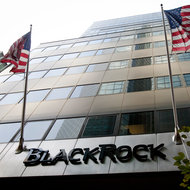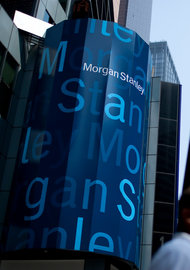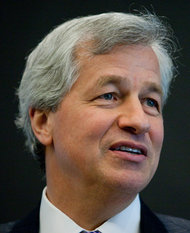 Scott Eells/Bloomberg NewsThe headquarters of BlackRock in Manhattan.
Scott Eells/Bloomberg NewsThe headquarters of BlackRock in Manhattan.
LONDON – British authorities have fined the giant money manager BlackRock £9.5 million for failing to protect some of its clients’ money.
The fine, the equivalent of $15.2 million, is the second-largest ever levied by the Financial Services Authority in such a case.
JPMorgan Chase was fined £33.3 million in 2010 for not separating client money from the bank’s own accounts.
The actions against BlackRock relate to failures by the firm to obtain letters from third-party banks that held money belonging to BlackRock’s clients.
Under British law, firms must receive written assurances from other financial institutions that client money is clearly identifiable and protected if banks go bankrupt.
The error occurred after BlackRock acquired BIM, which previously was named Merrill Lynch Investment Managers, in 2006. None of BlackRock’s clients lost money because of the failure, the authority said.
“This is not the first time we have seen the impact on client money overlooked as part of a reorganization,” Tracey McDermott, director of enforcement and financial crime at the Financial Services Authority, said in a statement. “The fine imposed today should remind all firms of the critical importance we place on ensuring proper protection of client money at all times.”
BlackRock, which cooperated with the Financial Services Authority, apologized for the error, adding that it had taken steps to improve protections for client money.
“We regret this instance where our U.K. procedures regarding money market deposits for a number of our clients were not consistent with applicable standards,” the company said in a statement.
Article source: http://dealbook.nytimes.com/2012/09/11/british-regulator-fines-blackrock-15-2-million/?partner=rss&emc=rss




